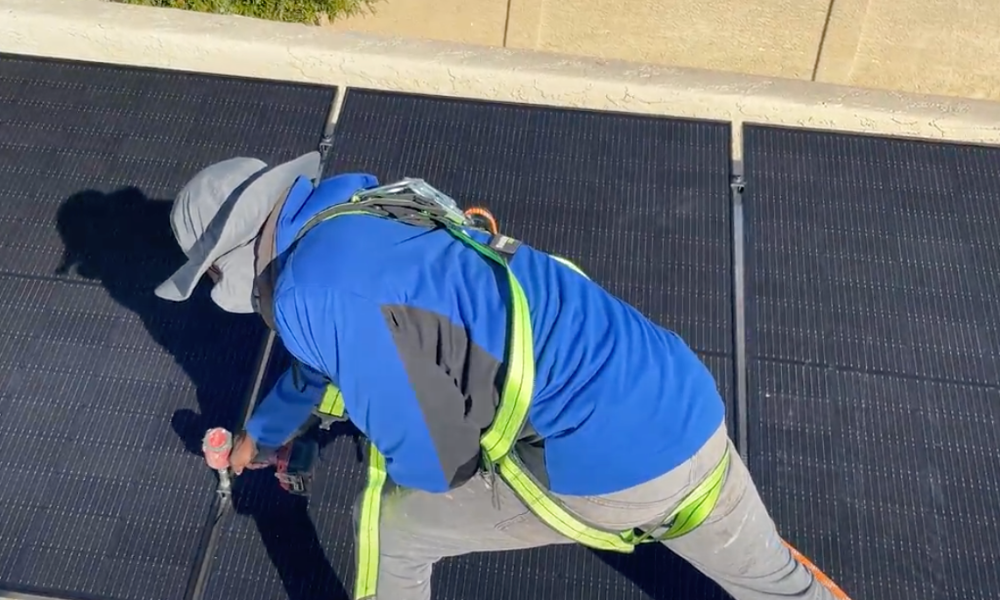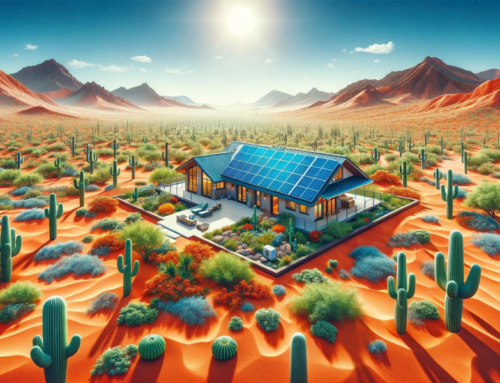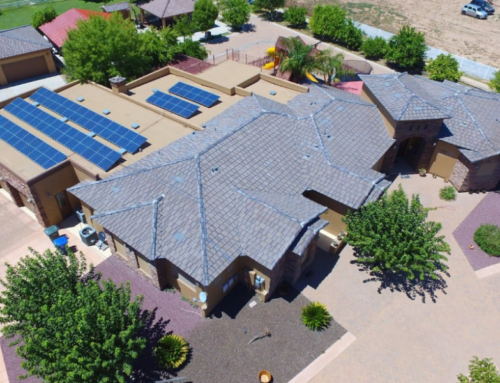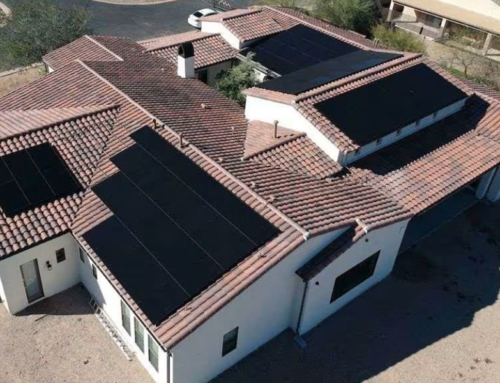By Erick O’Donnell
After months of unsuccessful negotiations between the southwestern states that draw water from the Colorado River, the Biden administration last month proposed a solution that could, hopefully, spur serious action toward an agreement. If the states can’t reach a deal this year, the federal government will sweep aside the states’ traditional, highly unequal system of seniority rights and unilaterally cut allocations to the three states that draw from the river’s Lower Basin—California, Arizona, and Nevada —by almost 25 percent each.
The high-pressure bid by the federal government reflects the urgency of the problem.
Reservoirs fed by the river have fallen to historic lows, threatening (among other dire consequences) to leave hydroelectric generators at a standstill as the populations of Arizona and other southwestern states continue to swell. Whether or not the threatened action, which would be unprecedented, translates into a compromise over the historically intractable issue remains to be seen, although at least one expert is optimistic.
“They’re showing that they will tell the states what to do,” said Dr. Sharon Megdal, director of the University of Arizona’s Water Resources Research Center, as quoted in The New York Times. “It will now be up to the states to say, well, we have a better idea—and here it is.”
Ultimately, though, it’s Mother Nature, not Uncle Sam, who is compelling action. “I don’t know where we’re going,” said Brad Udall, a water and climate scientist at
Colorado State University, in an interview with Smithsonian Magazine. “I don’t know that anybody would tell you where we’re going. But if we don’t make decisions fast, nature’s going to make them for us.”
Indeed, consequences from climate change are, at this point, inevitable. What’s worse, the interconnection of natural and manmade systems means that problems can trigger feedback loops, amplifying the causes of the problems themselves. The threat to hydropower is just one example of this potentially self-reinforcing quality of climate change. Global warming reduces snowpack and increases evaporation, depriving hydroelectric dams of the water needed to spin their turbines. We’ll have to make up the shortfall somehow, and if we don’t have renewable sources in place, more fossil fuels will likely fill the void, an option that would increase the output of heat-trapping greenhouse gases and, hence, further intensify the climatic phenomena that are drying up the Colorado River.
Meanwhile, our state governments continue their century-long pattern of stubborn and self-defeating wrangling over the so-called “law of the river,” a deal that is badly outdated in an era of megadrought and was grossly misconceived even when it was first struck in the early twentieth century. The ever-encroaching consequences of climate change, together with the
perennial failure of southwestern states to agree on a sustainable way of using their most precious resource does not inspire a feeling of hope.
Yet we are not victims of circumstances, natural or political. Nature and technology present opportunities to manage our resources in more rational, less damaging ways, and we can choose to make use of them if we have the will. Solar power, a technology that makes use of what is by far our most abundant natural source of energy, offers an especially promising opportunity.
If we step back and evaluate the situation rationally, we can see how it’s possible to make use of the powerful dynamic systems in which our society is embedded, not just suffer their consequences. As a clean source of energy, solar panels enable us to emit less planet-warming gas like CO2, contributing less to climate change and thereby mitigating the cause of drought.
Meanwhile, less demand for dirty power means less water consumption by the fossil-fuel-burning plants that supply that demand. (According to the Arizona Water Institute, coal-burning plants consume 510 gallons per megawatt-hour produced, while natural-gas plants consume 415 gal./MWhr.)
The hydropower problem is, thus, a great example of how the interconnected systems on which we depend provide opportunities to fight vicious cycles with virtuous ones.
The lead negotiator for Nevada—which, like Arizona, would lose out if the traditional seniority rights were enforced—summed up the irrationality of our habitual way of using resources. “We have 19th-century laws, we have 20th-century infrastructure, and we have 21st-century climate,” John Entsminger told The New York Times. “And those three things don’t fit very well together.”
The truth of Entsminger’s statement may be more general than he realized. It’s not just our water use that doesn’t make sense. In the nineteenth century, our country led the way to a new world of mass-generated and -distributed electricity as a way of powering human civilization, yet in the twenty-first century, we are by some measures lagging behind other countries in the global transition to the clean-power systems of the future.
The United States ranks 10th in the world in the amount of solar power it generates per person, at 1,300 kilowatt-hours per capita. With only 3.75 percent of our energy consumption coming from solar power, we rank 47th in solar power as a fraction of energy consumed.
Meanwhile, we still rely on fossil fuels—the stuff ultimately causing all the misery stemming from drought, flooding, heat waves, and increasingly frequent and powerful storms—to generate a large majority (79 percent) of our power.
But the irrationality of the systems we currently rely on—technological or political— does not have to stymie progress. We can make more rational choices about how to use our precious resources.
One such choice you can make as an individual homeowner is to switch your family’s source of energy from a coal-burning power company to a 100-percent-clean solar system. Have questions? Contact the team at SUNSOLAR SOLUTIONS!







